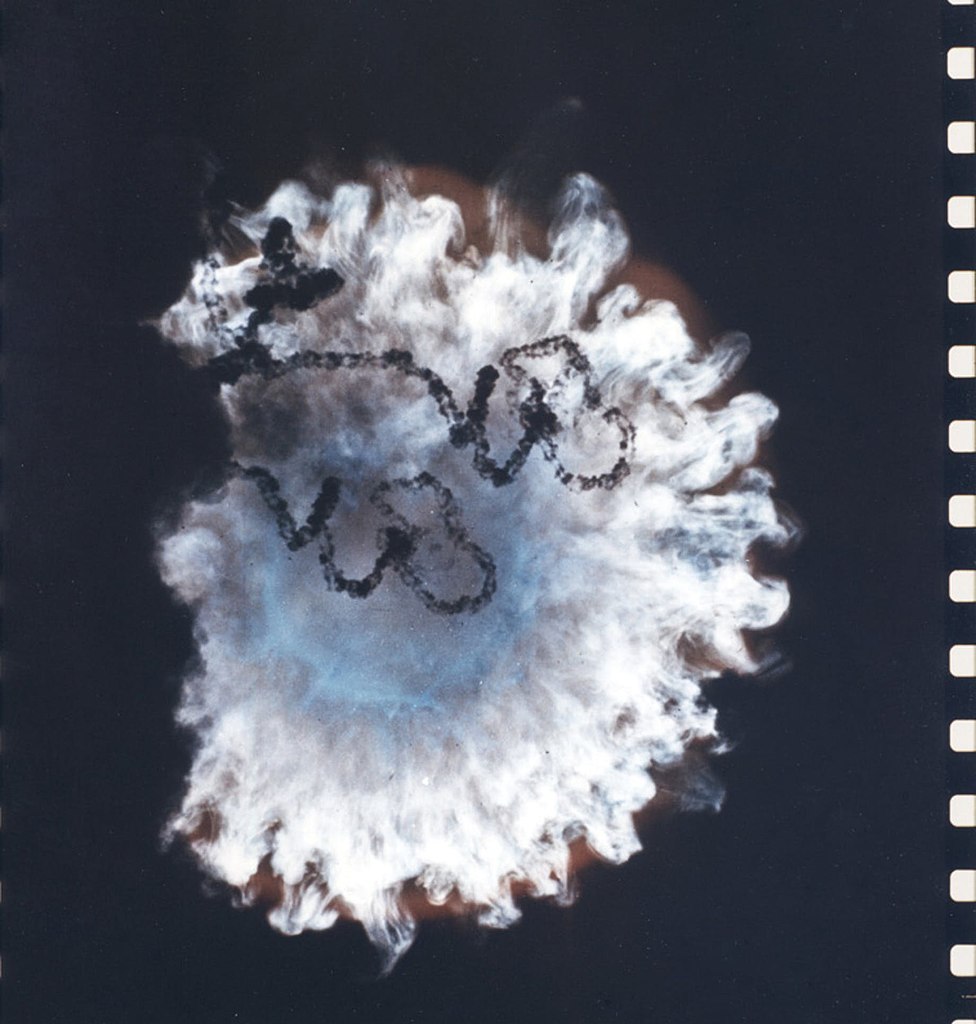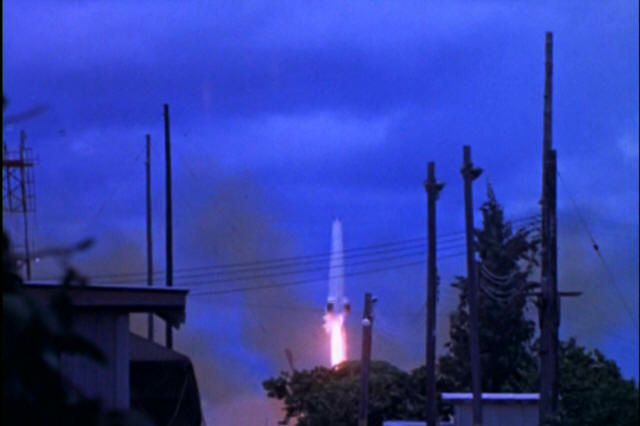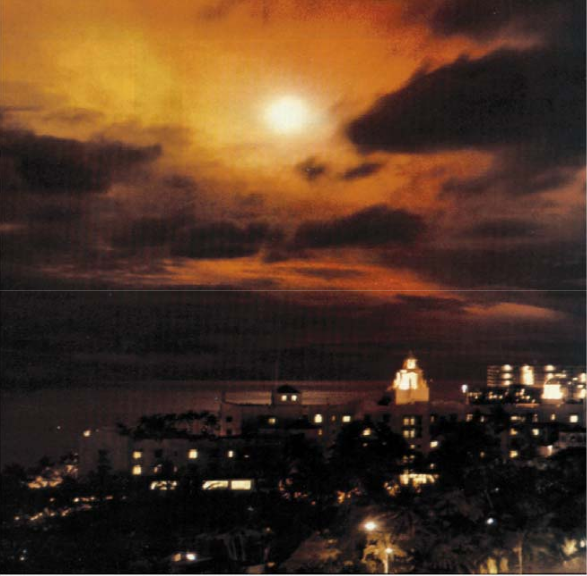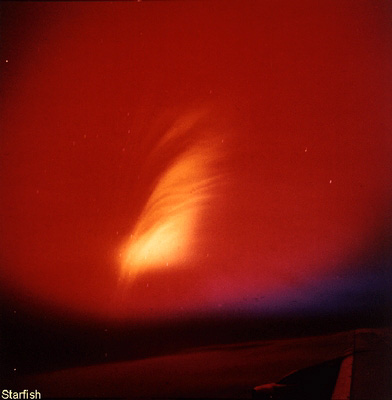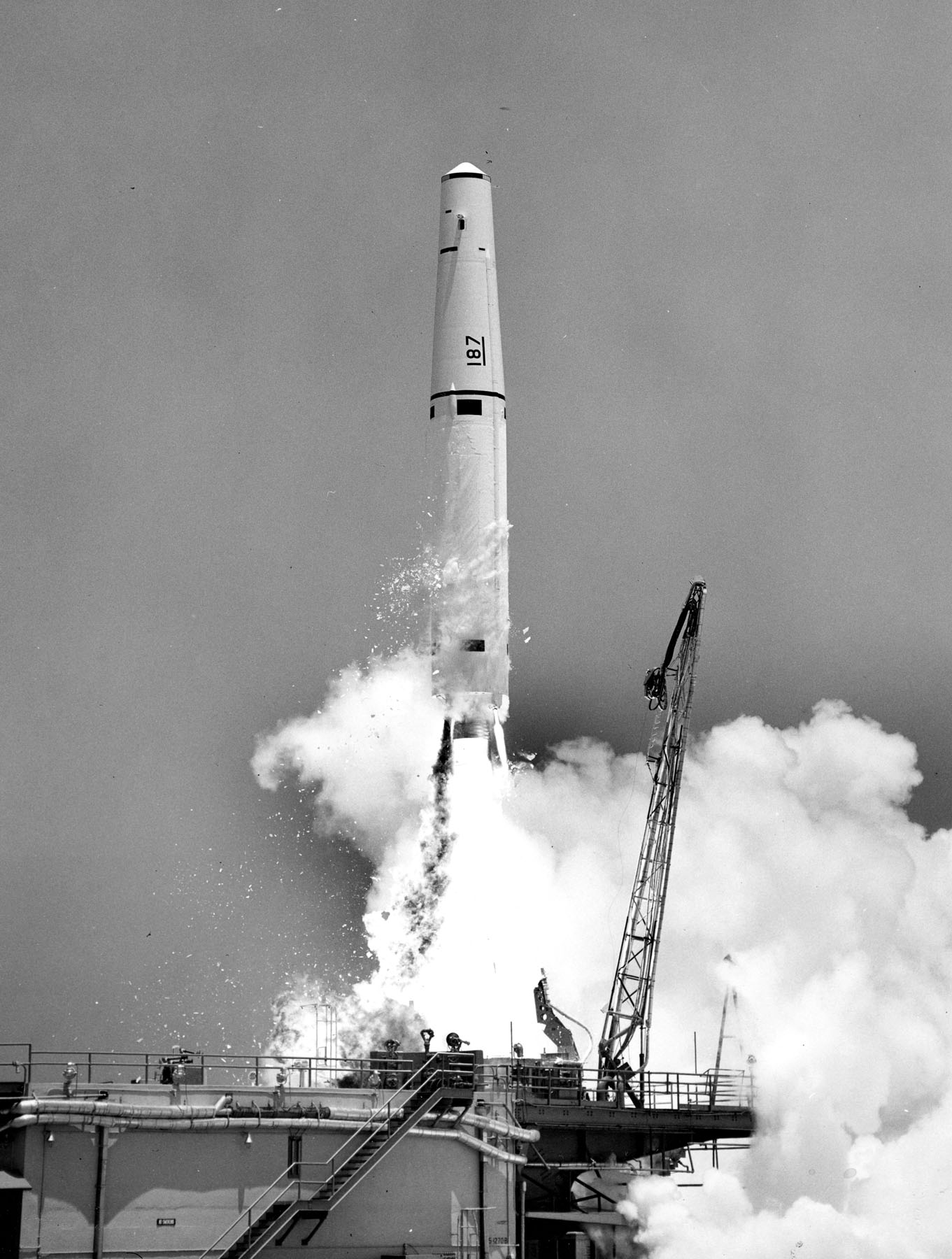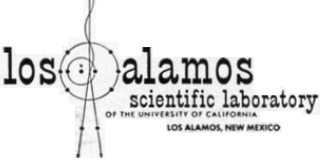
17 August 1958: In what was the first attempt to launch a spacecraft beyond Earth orbit, Thor-Able 1 (Missile Number 127) was to place a small instrumented satellite in orbit around the Moon. Called Pioneer,¹ the satellite carried a television camera, a micrometeorite detector and a magnetometer.
The mission was carried out by the U.S. Air Force Ballistic Missile Division and the Advanced Research Projects Agency (ARPA).
The Thor-Able lifted off from Launch Complex 17A at the Cape Canaveral Air Force Station, Florida, at 12:28:00 UTC, 4 minutes behind schedule.
73.6 seconds into the flight, at an altitude of 9.9 miles (16 kilometers), the first stage of the rocket exploded. Telemetry from the upper stages continued and was tracked until impact in the Atlantic Ocean.
An investigation found the cause of the explosion to be a turbopump failure. It was determined that a bearing in the pump’s gearbox seized, halting the flow of liquid oxygen.
The Thor Able was a two-stage orbital launch vehicle which was developed from the Douglas Aircraft Company’s SM-75 Thor intermediate-range ballistic missile.
Designated Thor DM-19, the first stage was 60.43 feet (18.42 meters) long and 8 feet (2.44 meters) in diameter. Fully fueled, the first stage had a gross weight of 108,770 pounds (49,337 kilograms). It was powered by a Rocketdyne LR-79-7 engine which burned liquid oxygen and RP-1 (a highly-refined kerosene rocket fuel) and produced 170,565 pounds of thrust (758.711 kilonewtons). This stage had a burn time of 2 minutes, 45 seconds.
The second stage was an Aerojet General Corporation-built Able, a second stage for the U.S. Navy’s Vanguard rocket. It was 21 feet, 6.6 inches (6.57 meters) long with a maximum diameter of 2 feet, 9 inches (0.84 meters), and had a gross weight of 5,000 pounds (2,268 kilograms). It used an Aerojet AJ10-101 rocket engine which burned a hypergolic mixture of nitric acid and UDMH. The second stage produced 7,711 pounds of thrust (34.300 kilonewtons) and burned for 1 minutes, 55 seconds.
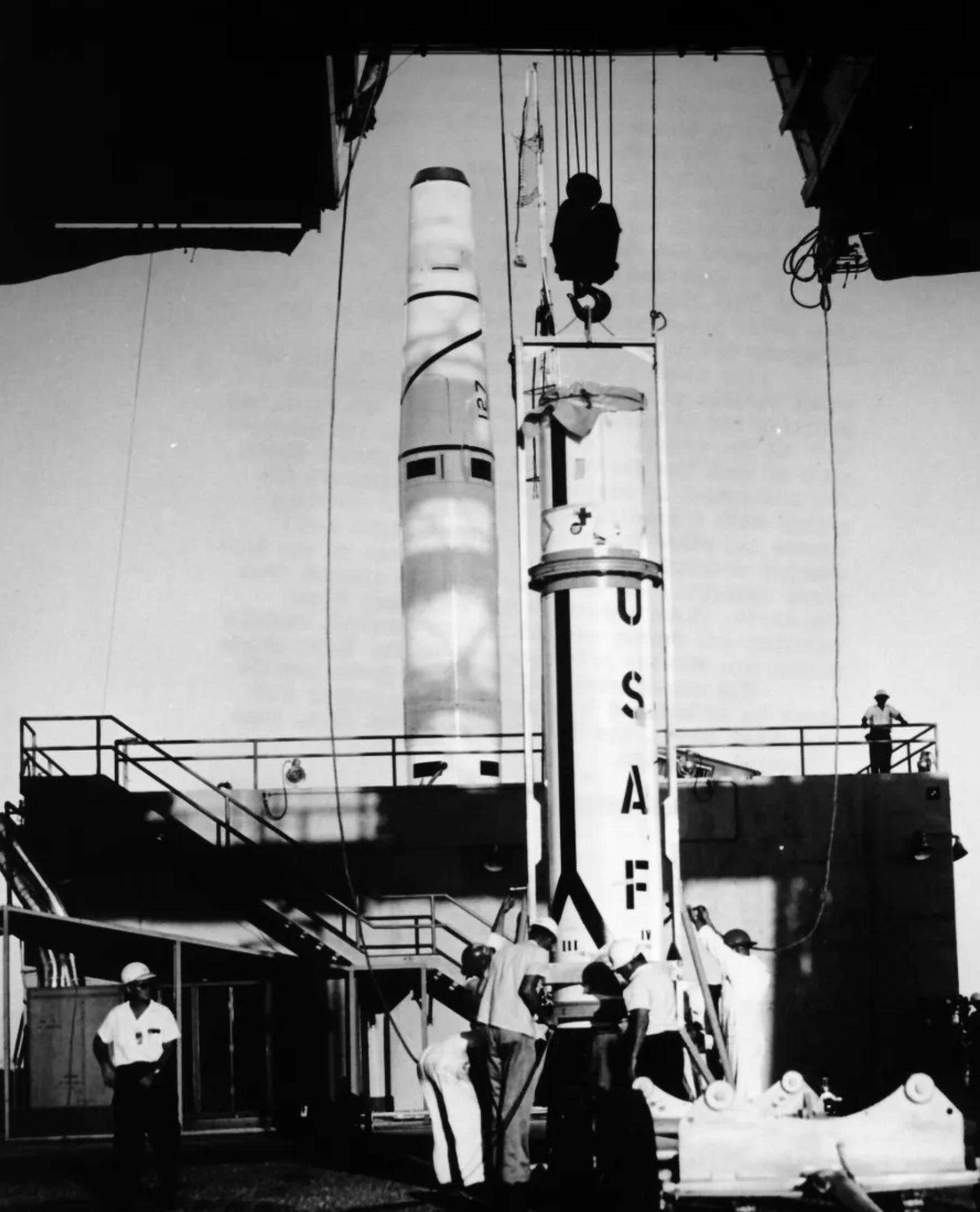
The Altair X248 third stage was developed by the Alleghany Ballistics Laboratory for the U.S. Navy’s Vanguard rocket. It was 4 feet, 11 inches (1.499 meters) long, 2 feet, 7 inches (0.787 meters) in diameter, and weighed 505 pounds (229 kilograms). It was powered by a solid fuel rocket engine producing 2,300 pounds (10.231 kilonewtons) of thrust. Its burn time was 38 seconds.
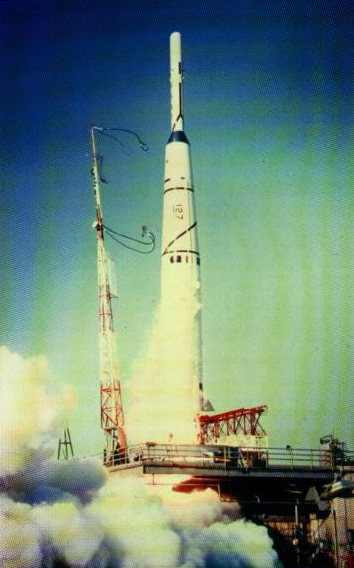
The first Pioneer space probe is today designated Pioneer 0. It was built by the Ramo-Wooldridge Corporation’s Space Technologies Laboratory (STL) in Redondo Beach, California.
The lunar probe was the fourth stage of the Thor-Able launch vehicle. It was 74 centimeters (2 feet, 5.13 inches) in diameter, 76 centimeters (2 feet, 5.9 inches) long, and weighed 38.1 kilograms (83.996 pounds). The probe’s external shell was constructed of metal and fiberglass. It carried 11.3 kilograms (24.9 pounds) of instruments designed to measure magnetic fields, radiation and micrometeorites. It also carried an infrared camera system intended to obtain close-up images of The Moon’s surface. Pioneer 0 was spin-stabilized, turning 108 r.p.m.
The probe was equipped with a Thiokol TX-8-6 solid rocket engine to decelerate it for entry into lunar orbit. The rocket engine was the main structural component of the probe. There were 8 vernier rockets to correct its trajectory.
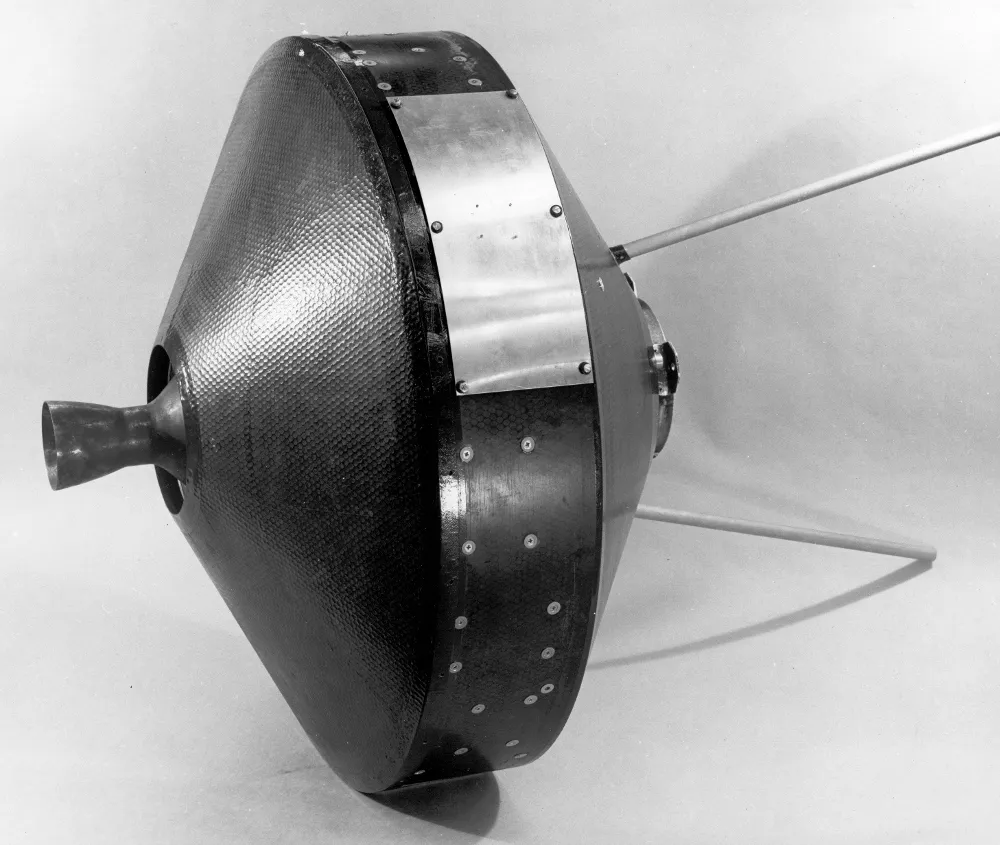
The Thiokol TX-8 was produced at the U.S. Army’s Longhorn Army Ammunition Plant near Karnack, Texas. It was designed to power the GAR-1 Falcon radar-homing air-to-air guided missile (later designated AIM-4 Falcon). The rocket motor weighed 11 kilograms (24.3 pounds).

¹ Pioneer 0 was also known as Able 1.
© 2024, Bryan R. Swopes
